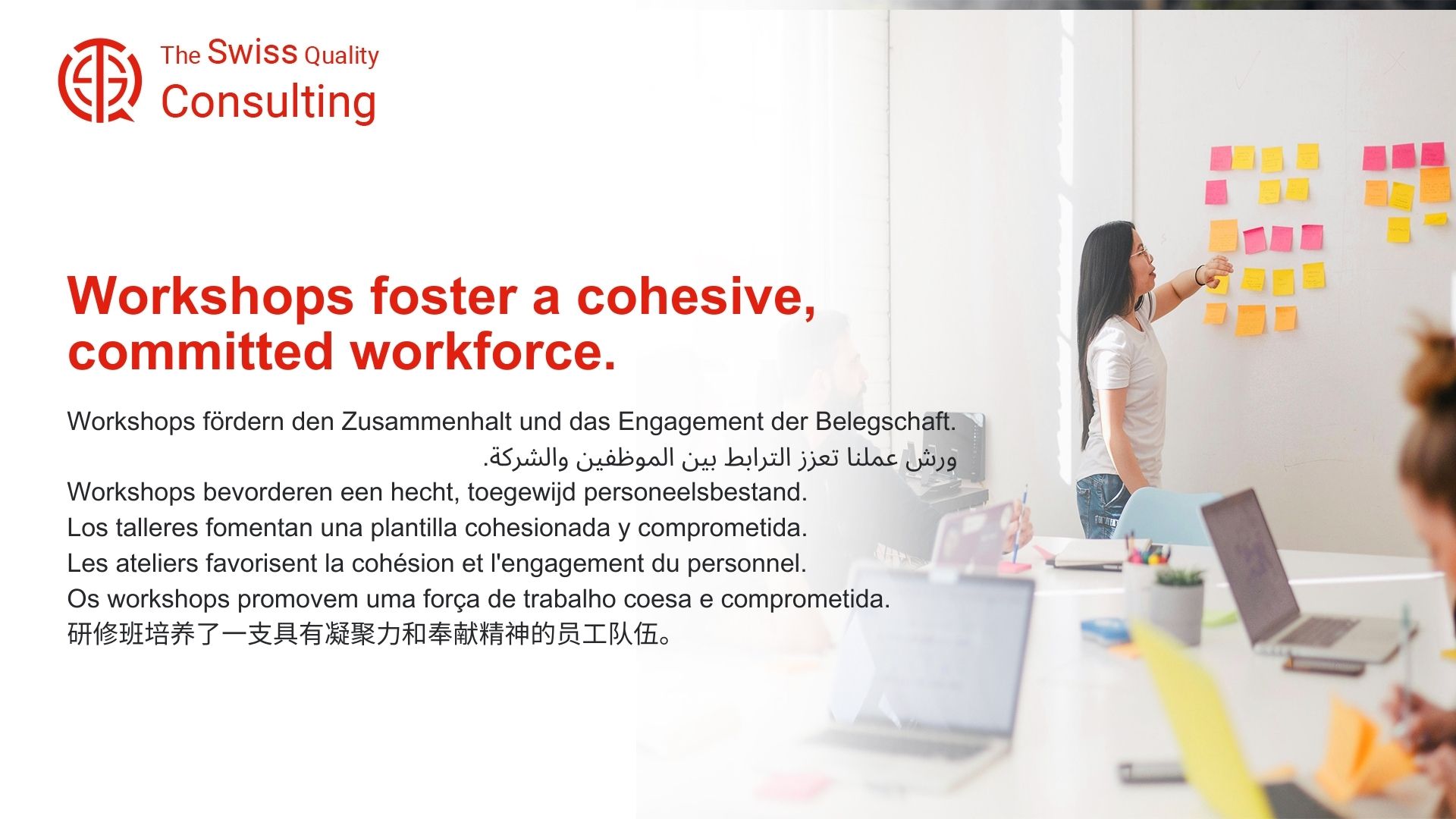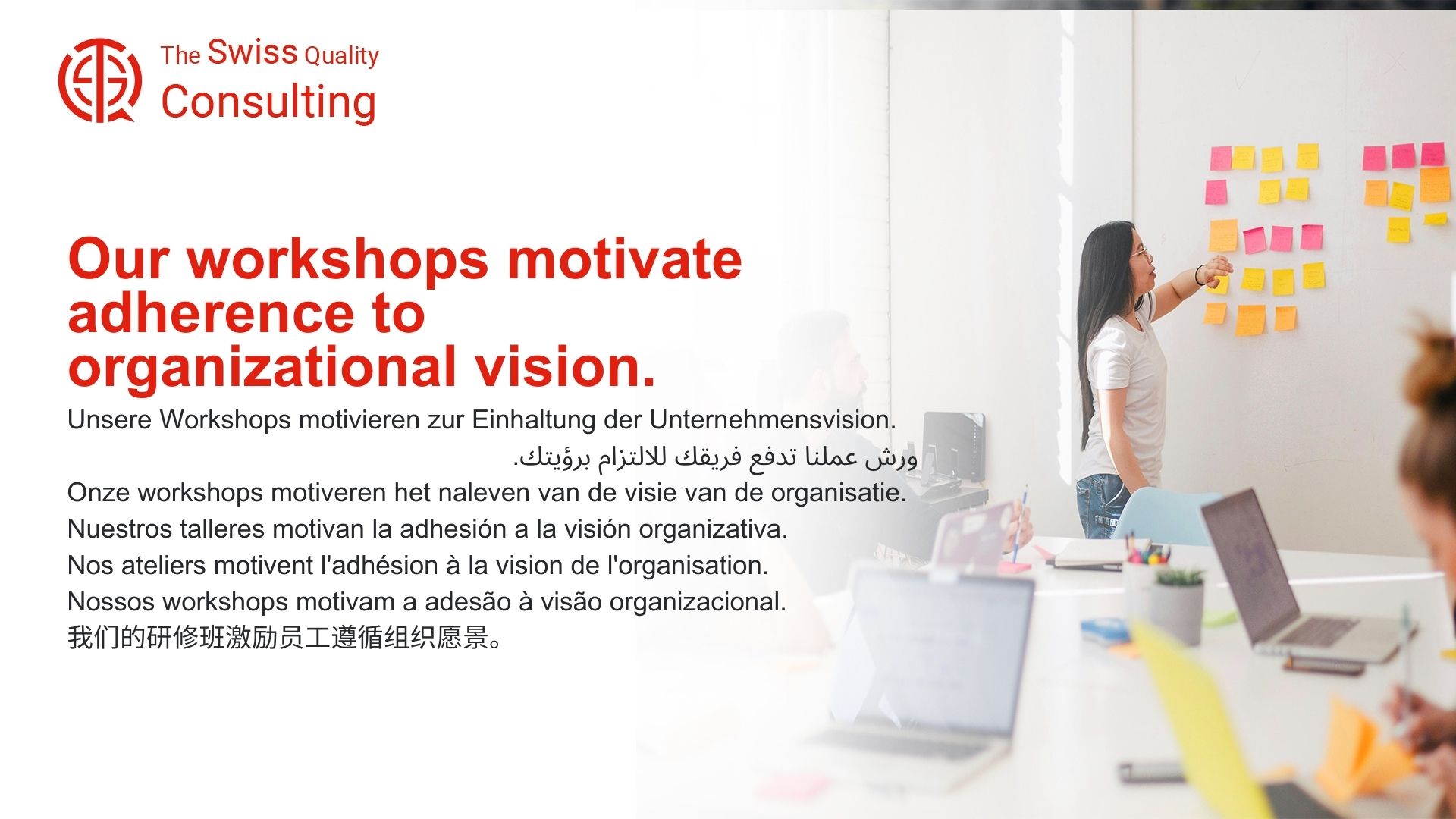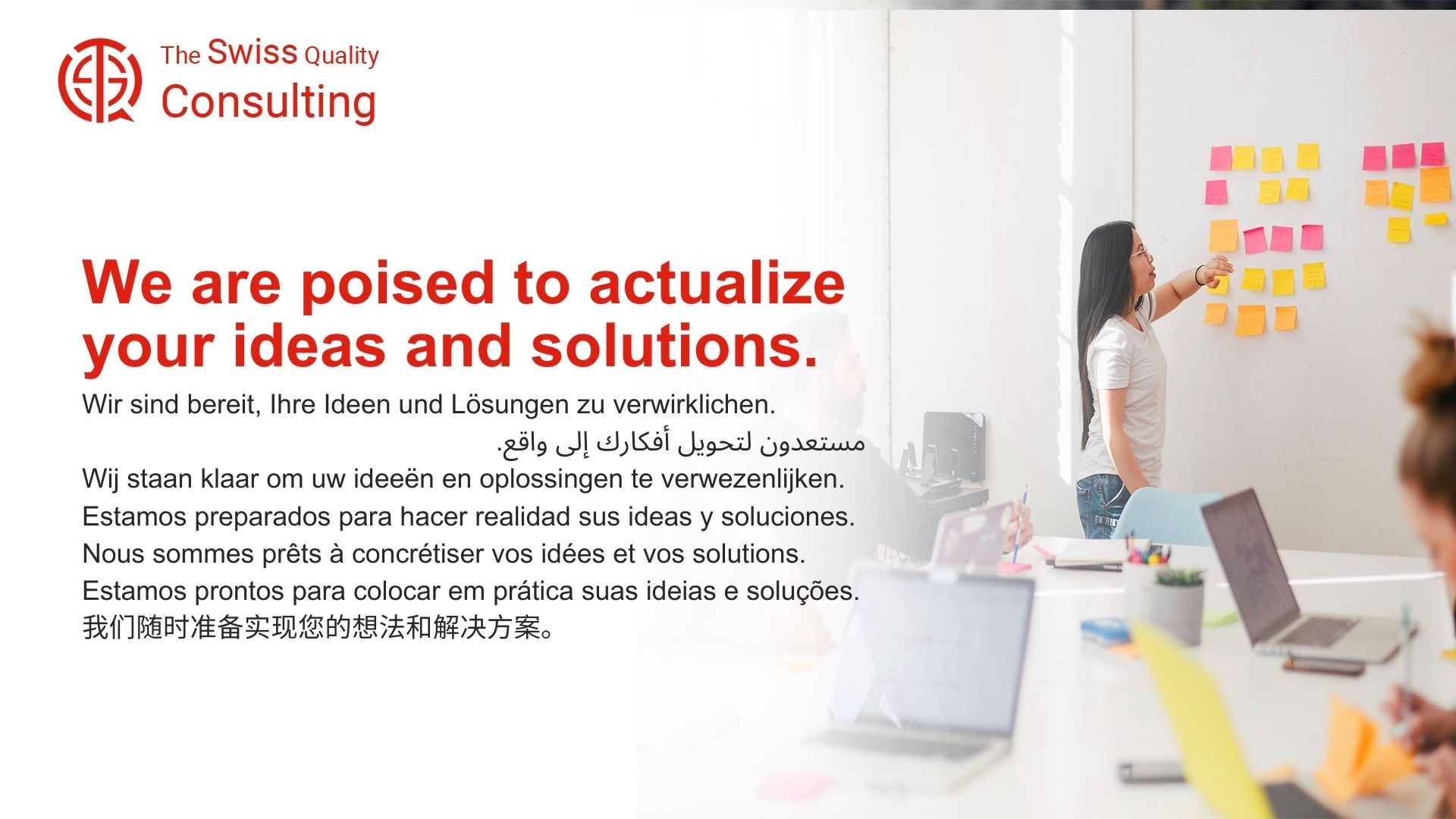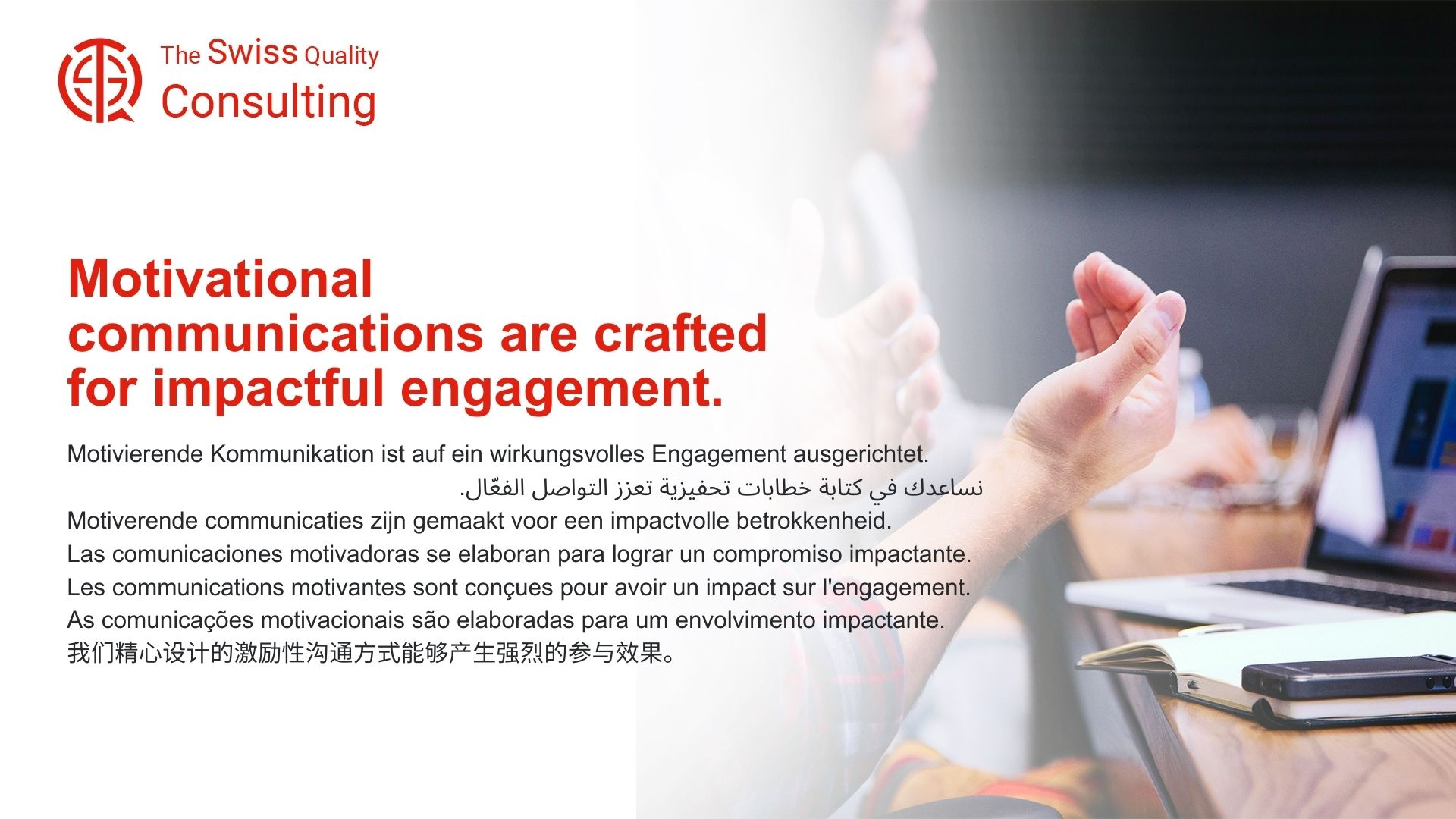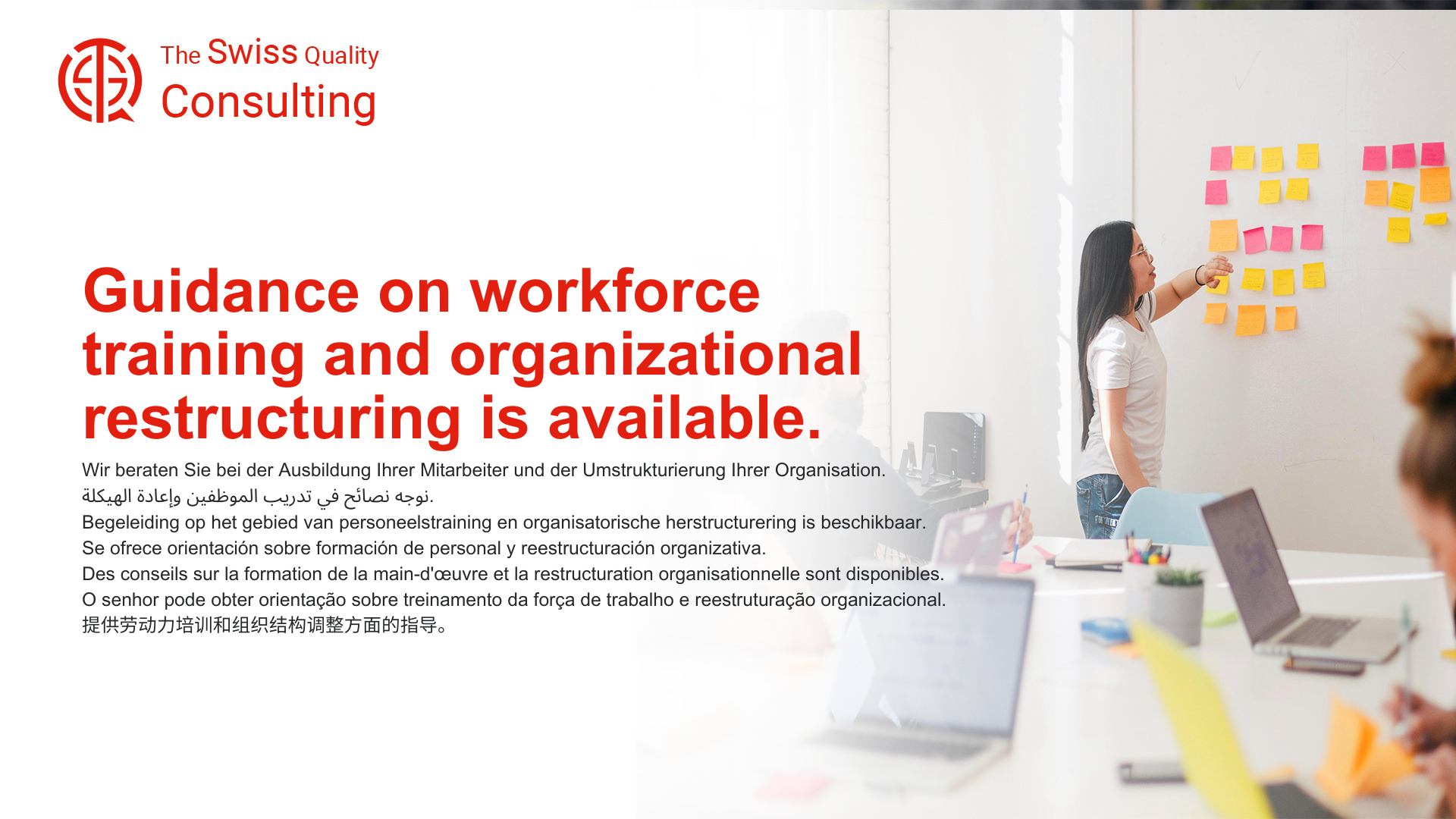Navigating Success Through Effective Change Management in Business
In today’s rapidly evolving business landscape, often described as “a crazy world”, mastering the art of change management has become more crucial than ever. This article is designed to guide business executives, mid-level managers, and entrepreneurs on how to effectively manage change, leveraging executive coaching, effective communication, and cutting-edge technologies like Generative Artificial Intelligence for enduring business success.
Embracing Change in Today’s Dynamic Business Environment
Change management, in the context of the modern business world, involves much more than simply reacting to external pressures. It’s about anticipating market shifts, embracing technological advancements, and adapting business models accordingly. This proactive approach to change allows businesses to not only survive but thrive in what may seem like a chaotic business environment.
The Role of Executive Coaching in Leading Change
Executive coaching services play a vital role in equipping leaders with the skills necessary to guide their organizations through turbulent times. These services provide leaders with insights into effective strategy development, risk management, and decision-making processes that are crucial for navigating change.
Effective Communication: The Key to Smooth Transition
Effective communication stands as the backbone of successful change management, serving as a critical factor in ensuring a smooth transition during times of organizational change. It entails much more than just disseminating information; it’s about clearly articulating the vision for change, elucidating the reasons behind it, and outlining the expected benefits in a manner that resonates with all stakeholders. The essence of effective communication in change management lies in its ability to bridge the gap between the proposed change and the people who are affected by it.
Articulating the Vision for Change: The first step in effective communication is to clearly define and articulate the vision for change. This vision should be compelling, conveying a clear picture of what the future will look like post-change. It should be communicated in a way that is relatable and understandable to employees at all levels of the organization. Leaders must be able to paint a vivid picture of the proposed changes, highlighting how these changes align with the overall goals and objectives of the organization.
Explaining the Reasons Behind Change: Understanding why change is necessary is crucial for employees. Communicating the driving forces behind the need for change – whether it’s market competition, technological advancements, or internal improvements – helps in building a case for why the status quo is no longer viable. This understanding fosters a sense of urgency and a shared purpose among team members, making them more open to embracing the change.
Highlighting the Expected Benefits: Along with understanding the ‘why’ behind the change, employees also need to understand ‘what’s in it for them’. Clearly outlining the benefits of the change not only at the organizational level but also at the individual level is key. This might include improvements in work processes, professional growth opportunities, or enhancements in work-life balance. By understanding the benefits, employees are more likely to support and engage with the change process.
Maintaining Open and Transparent Communication: Openness and transparency in communication are vital during the change process. This involves creating channels for two-way communication where employees can ask questions, express concerns, and provide feedback. Regular updates about the progress of the change initiative and any adjustments to the plan help in maintaining trust and confidence among the workforce.
Fostering a Culture of Adaptability: Effective communication is not a one-time event but an ongoing process. It plays a significant role in fostering a culture of adaptability within the organization. By continuously engaging with employees, addressing their concerns, and celebrating small wins along the way, organizations can build a resilient workforce that is more adaptable to change.
Leveraging Generative AI for Strategic Decision Making
Generative Artificial Intelligence is transforming how businesses approach change management. By analyzing vast amounts of data, AI can provide insights that drive strategic decision-making, allowing businesses to anticipate changes in the market and respond with agility.
Developing Leadership and Management Skills for a Changing World
As the business world continues to evolve, so do the skills required to lead and manage effectively. Continuous learning and development in areas such as project management, strategic planning, and digital literacy are essential for today’s business leaders and managers.
In conclusion, managing change in a crazy world demands a multifaceted approach. It requires a blend of strategic foresight, effective communication, technological adoption, and continuous leadership development. By embracing these elements, businesses can navigate the complexities of today’s dynamic environment and pave the way for future success.
#ChangeManagement #BusinessResilience #ExecutiveCoaching #GenerativeAI #LeadershipDevelopment









